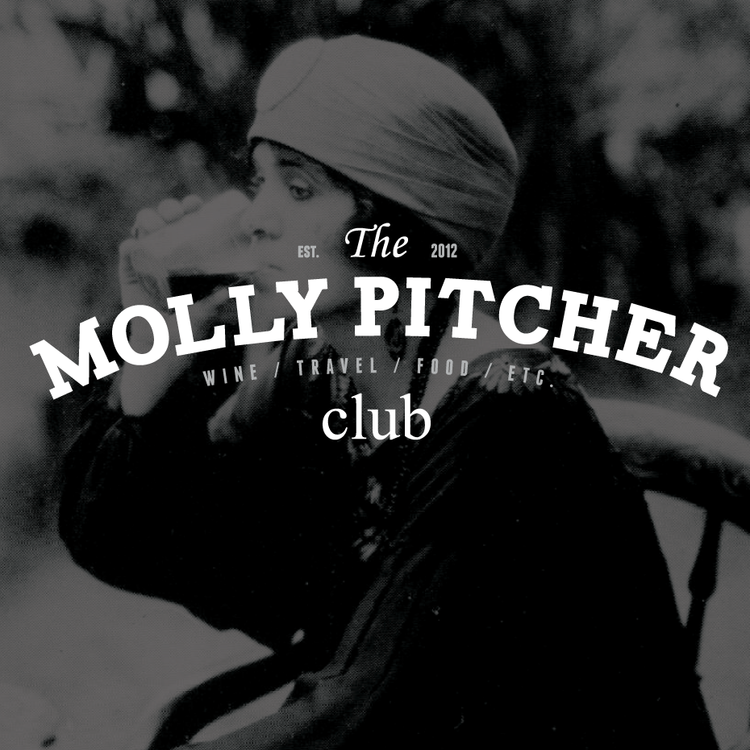The Noble Grape Challenge: Pinot Noir and Grenache
Hey there wine nerds! I can't believe it it took me this long to post about my next challenge, but Philadelphia Wine Week really got the best of me. It was a great event and I hope to see it expand next year! Stay tuned for a full post on the topic! But for this post, something a litte different...
Recently, I discussed the fermentation process and the important role it plays in determining the flavor of a wine. But, most wine writers will agree that the majority of a wine's character is determined in the vineyard, specifically with the grapes. Learning about all the grapes used in winemaking is a tedious mission - there are thousands of grape varietals! However, if you are buying wine in a store in the United States, you will see certain varietals more often than others. These are known as the noble grapes.
What makes a grape noble?
I wish I had some intricate story about on ancient nobles in France only drank these certain grapes and blah, blah, blah. But, it is really as simple as - these 18 varietals are most widely grown and also know as the international varietals. Check out the full list below:
“Pinot Noir, Grenache, Merlot, Sangiovese, Nebbiolo, Temperanillo, Cabernet Sauvignon, Syrah, Malbec”
“Pinot Grigio, Riesling, Sauvignon Blanc, Chenin Blanc, Moscato, Gewurztraminer, Semillion, Viognier, Chardonnay”
Pinot Noir.
The purpose of this series is to provide an overview on these noble grapes and what makes them so special. To start, I wanted to discuss two red grapes known for producing light-bodied wines. First, the notoriously difficult to cultivate - Pinot Noir! I have discussed Pinot Noir on the blog previously in a few posts. I introduced the grape in a Grape Tales feature and posted an interesting comparison of Pinot Grigio vs. Pinot Noir. But being the noble (and delicious) grape that it is, Pinot Noir definitely deserves some additional discussion here!
Pinot Noir performs best in cool climates (think Oregon). The traditional home of Pinot Noir is Burgundy, France. Fun fact to remember, Red Burgundy is almost always made with Pinot Noir. So if you are looking for a Pinot Noir from France, start with Red Burgundy. It is also grown in Champagne, France. Wine made from Pinot Noir is known for bright red fruit flavors, like cherry, raspberry and strawberry. The level of earth and other savory flavors will depend on where the wine is from. Plus, it usually has medium-high acidity but low tannin.
Grenache.
Delicious!
While Pinot Noir is well-known and deliciously complex, Grenache is a wonderful grape that is sometimes underappreciated in the United States. Grenache is known for ripening later in the growing season and actually loves hot and dry climates. Therefore, you will most likely see it in wines from Spain, Southern France, including Châteauneuf-du-Pape
Want to hear one of the most hilarious, yet wildly accurate descriptions of Grenache ever, it's an "old world wine with California cleavage." (I swear, hilariously accurate). For more awesome commentary like this, check out books by Jay McInerney or Mark Oldman. But seriously, when it comes to flavor, Grenache for its subtle berry flavors and high alcohol content. While these wines are high in alcohol, the commonly lack acid and tanning, which makes Grenache a highly preferable blending grape. In fact, it plays a major role in one of my favorite red blends... ever! The Grenache-Syrah-Mouvedre blend of course! (GSM for short) This blend is traditionally associated with the Rhone Valley, but you can also find this blend in Australia.
Not a bad start for two awesome noble red grapes. Looking forward to your comments on your favorite Pinot Noir or Grenache based wines!
Cheers!








